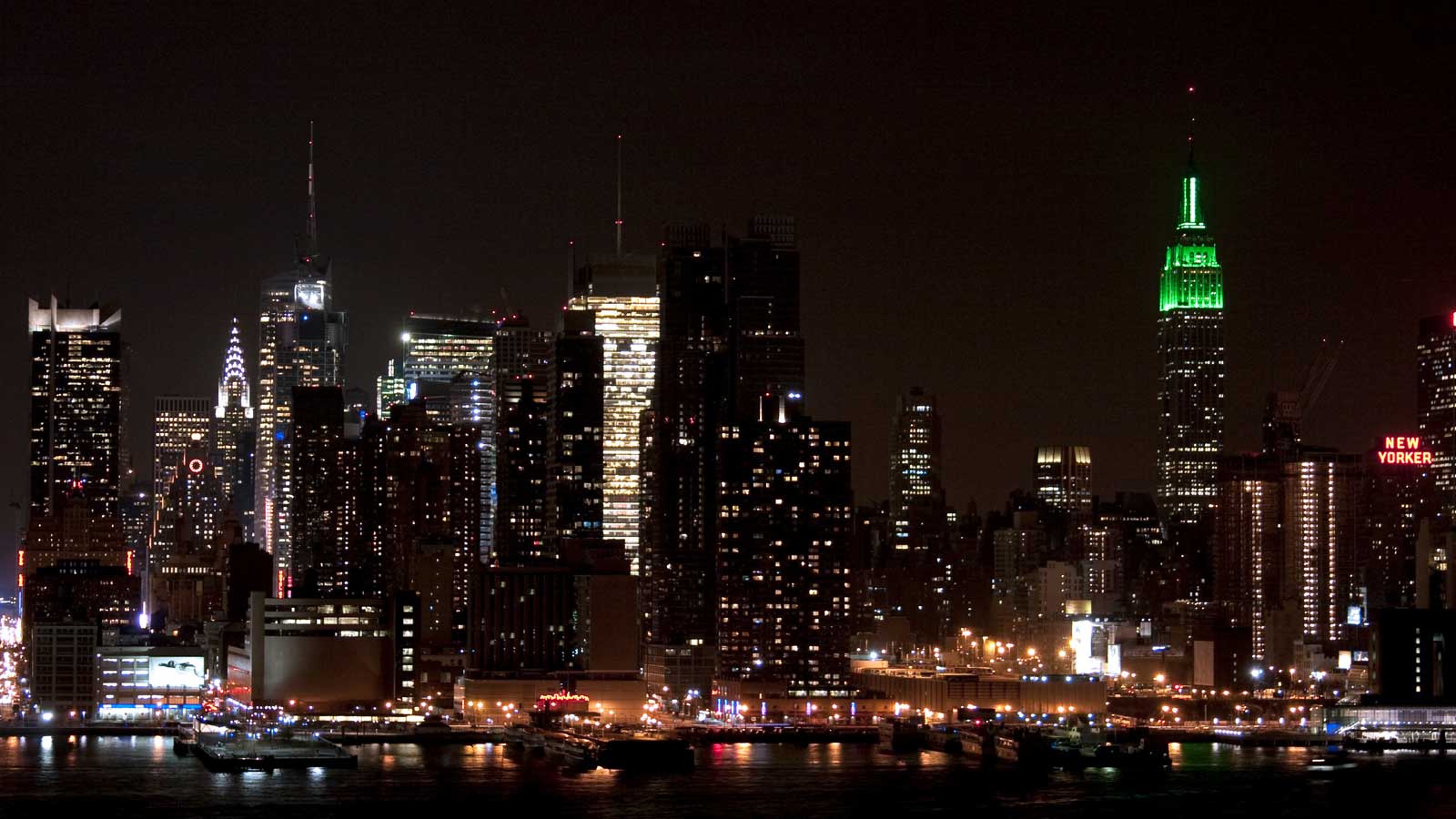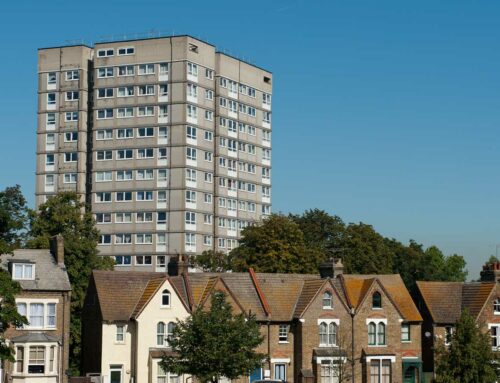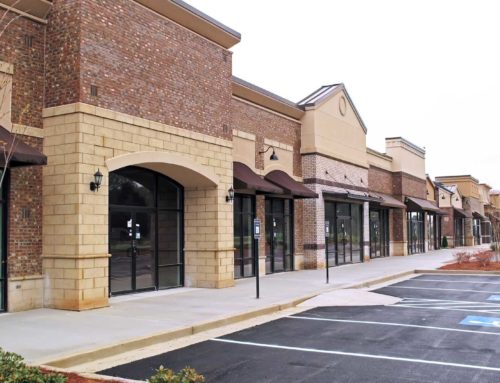Local Law 97, commonly known as the Climate Mobilization Act (CMA) and passed by New York City lawmakers in 2019. The law imposes new environmental regulations on specific buildings covered by the statutes in New York City, with the goal of reducing greenhouse gas emissions. The goal seeks to reduce emissions from these covered buildings by 40% by 2030 and 80% by 2050. There are enumerated stages of compliance periods, with carbon caps becoming more stringent over time, starting in 2024. Compliance will be measured through audits of reports submitted by property owners to the City, as well as inspections. The Department of Building’s newly created Office of Building Energy and Emission Performance is tasked with these auditing and inspection duties.
The term “covered buildings” (both commercial and residential) is defined in the law, and generally means the following types of buildings:
- A single building exceeding 25,000 square feet
- Two or more buildings on the same tax lot which together exceed 50,000 square feet
- Two or more buildings owned by a condominium association that are governed by the same board of managers and together exceed 50,000 square feet
(See, https://www.nyc.gov/site/sustainablebuildings/ll97/local-law-97.page)
There are some exceptions to this list, including houses of worship, buildings with more than 35% residential rent-regulated units and buildings that participate in project-based federal housing programs, among others. The exceptions have significant delay for compliance or altered requirements which are generally less onerous.
The CMA’s requirements will have a major impact on the real estate community’s investment properties in New York City, including owners of covered commercial buildings and condominium and co-op owners in covered buildings. Fines for non-compliance can be extensive, so it is important for those affected to ensure compliance. The most direct way to achieve compliance is through retrofitting or upgrading the building’s HVAC and lighting systems, better insulating the building’s envelope or installing renewable energy systems such as solar panels or wind turbines. Owner’s compliance can also be achieved by switching to lower-carbon fuels. However, there will be some flexibility. One example is through purchasing credits for renewable energy (also known as renewable energy certificates) to be deducted from their annual building emissions for electricity consumption or greenhouse gas offsets, which are credits generated by a party that can be purchased by or exchanged with others to compensate for excess emissions. These alternative compliance methods, however, will be somewhat limited. A Property Assessed Clean Energy (PACE) program to allow for long-term, fixed rate financing for covering project costs will also be available.
These regulations will present a host of new legal issues for property owners as well. It will be important for covered building owners to modify existing legal documentation as they work to meet the updated environmental standards to clearly define rights, obligations, and liabilities under CMA. Leasing agreements between landlords and tenants may need to be modified to clearly explain the duties of each party in maintaining compliance with environmental standards and which party will be responsible for effectuating any building retrofitting. Detailed record keeping is important, as the retrofitting and upgrading process will likely be costly and potentially increase, at least in the short term, some of the maintenance costs and other expenses for building operators and owners.
Owners of covered buildings will need the help of professionals to navigate these changes and ensure they are well positioned for the future, both environmentally and financially. Along with environmental professionals, building owners will need to consult their legal experts for several issues, including: compliance with the Climate Mobilization Act itself; drafting new leases or purchase and sale agreements to reflect the current realities of retrofitting and environmental compliance; and ascertaining any applicable exemptions from CMA compliance. There will also be property valuation issues that may arise, with concomitant tax implications. The law firm of Schroder & Strom will be happy to review your income and expense statements each year and advise regarding the viability of a property tax challenge during your transition to a property that is compliant with the Climate Mobilization Act.






